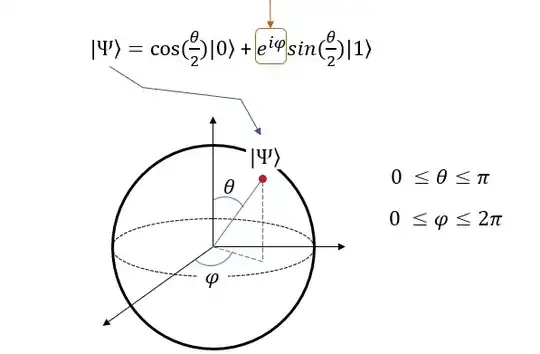In this representation for points on the $Z$-axis, $\phi$ is not defined. If the point $(0, 0, 1)$ is taken since $\theta$ is $0$ and $\sin(\theta/2)$ is zero, it doesn't matter what $\phi$ is. The point $(0, 0, 1)$ represents state $|0\rangle$.
But for point $(0, 0, -1)$, $\theta$ is $\pi$. $\sin(\pi/2) = 1$ and $\cos(\pi/2) = 0$. So the state is $e^{i \phi}|1\rangle$ where $\phi$ is not defined.
But I saw that point $(0, 0, -1)$ corresponds to state $|1\rangle$. Why? There is an equal chance of it being $-|1\rangle$ or any other state of type $c|1\rangle$ where $c$ is a complex number and $|c| = 1$.
